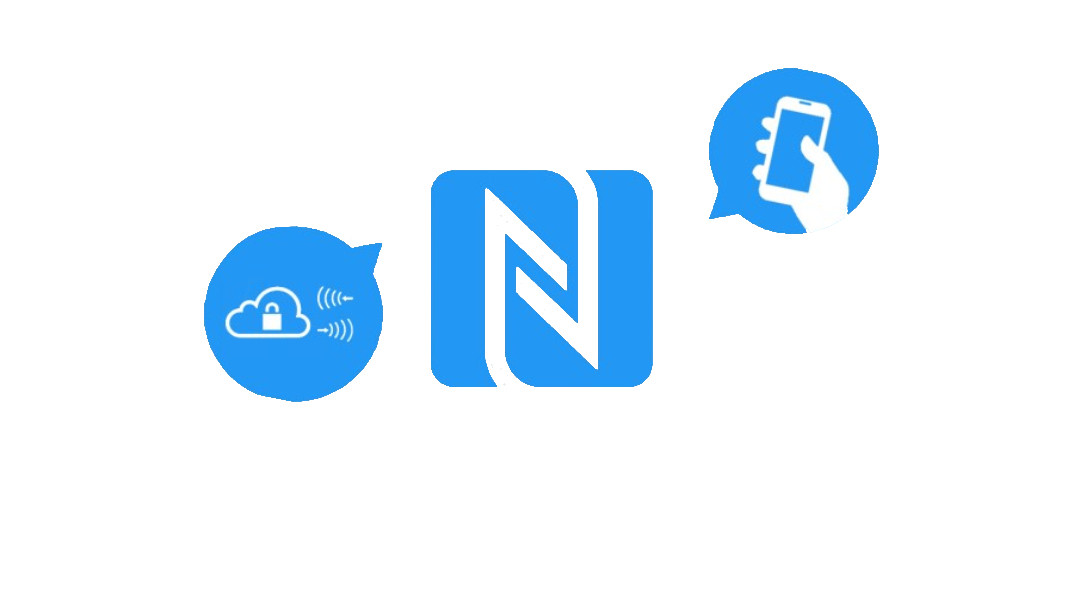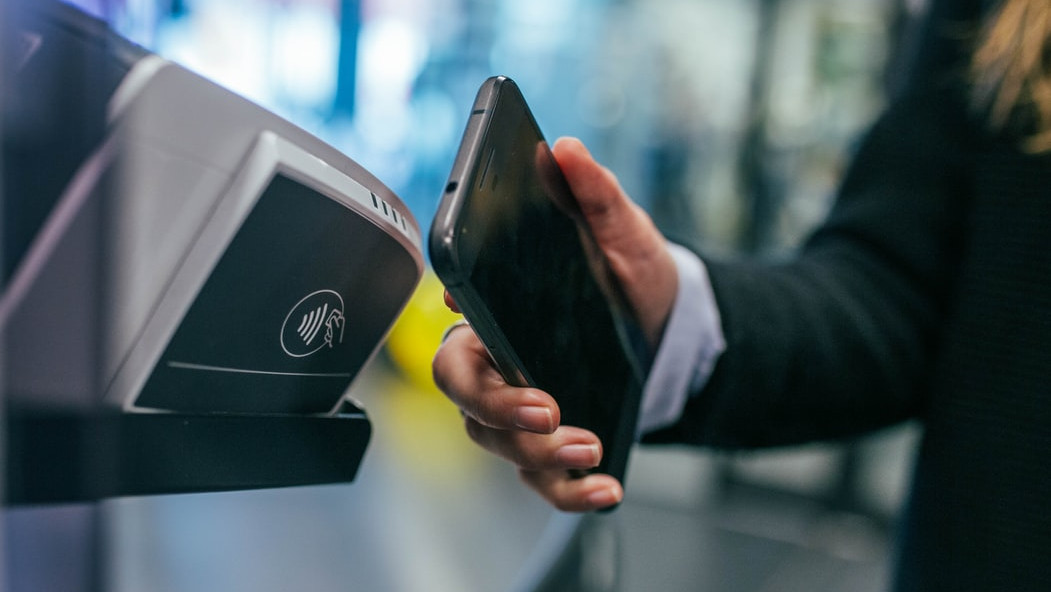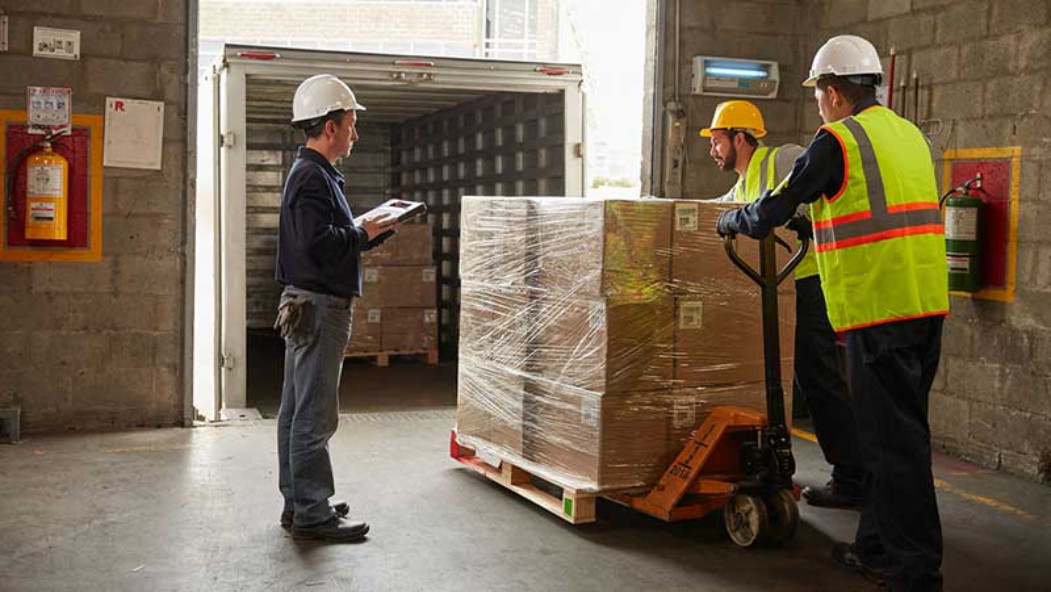Looking into RFID Types and Applications
IoT and NFC Technology
Text Author: Infraspeak
When was the last time you made a contactless payment?
It was probably such a natural gesture that you didn't even stop to think about it. What is it that allows us to make payments securely without touching any terminal? How does this movement of money appear in a few seconds on your bank account?
The answer is in three words: Internet of Things (IoT). A few years ago it seemed like a futuristic scenario, now it is more than reality, it is common.
The IoT is a "umbrella" concept to designate the network of objects that collect and exchange data with each other. It may sound vague, but IoT had already changed our daily life, from seemingly simple things, like contactless payments, to the management of parking spaces in smart cities, to have real-time information on the number of vacant places.
Barcelona, one of the world references of smart cities, uses a series of interconnected sensors to improve various municipal services. Smart dustbins, for example, "swallow" waste into underground dumps to reduce odor while not being collected. At the same time, information on the amount of waste helps to optimize collections. But this is just one example, the city also uses sensors to measure noise, air quality and municipal gardens irrigation.
THE ADVANTAGES OF IoT FOR MANAGERS
In addition to the obvious changes in our daily lives, the IoT has also drastically changes processes that go unoticed.
One of the main changes was in infrastructure management, especially when there are several buildings and assets at stake. Bearing in mind that operational control is one of the biggest challenges for facility managers, NFC sensors and tags come in as true game changers. Collecting information in real time and controlling everything remotely facilitates the management of equipment and assets, but also allows to offer better technical assistance, and potentially detect malfunctions early in the process.
Another of the great revolutions of the IoT was in the supply chain. For the first time, we are able to follow the entire route of a particular item from the moment it is produced until it reaches the shelves. Or, in case of e-Commerce, follow each delivery in real time. This makes it possible to compare suppliers, prices and distribuition routes comprehensively.
Knowing the route of each item also means having a more controlled stock management. It is possible to use sensors to automatically register the entries and exits of the warehouse, which has numerous advantages. First it eleminates human error in counting stock, and then it allows to have an updated count - which is essential to avoid stockouts or to simple integrate all stores or warehouses of the company in one system.
HOW IoT CHANGES CUSTOMER AND GUEST EXPERIENCES
If there are changes that we do not notice, there are others that make all the difference when we put ourselves in the shoes of the customer. We risk saying that one of the most popular consequences of IoT is smart houses, where we can control lights, air conditioning, blinds and even the fridge from a central controller or a mobile phone. This, inevitably, leads us to "smar" hotels and stores.
The idea of a smart hotel is to fully personalize guest experience. Check-in and Check-out with a mobile phone, so the customer does not have to wait; allow him to adjust the temperature even without being in the room; warn housekeeping to not disturbe; ask for room service without having to call reception. The same can be done at events, to adjust catering and the room conditions.
In retail, it is easier to manage SKUs, stocks, and allocate employees to different areas depending on the number of customers waiting - or even to offer a more personalized experience to the consumer while waiting, based on its habits. The main advantage, as in the hospitality industry, is personalization, and personalization!
TWO ESSENTIALS: SENSORS AND NFC TAGS
All this changes and improvements can only be possible with key parts of IoT: sensors, NFC tags and maintenance management software that assimilate all the information collected.
Sensors are one of the fundamental pieces to understand the IoT puzzle. The interconnected sensors are capable of collecting a huge amount of information that, as a rule, is registered in a central processor. If this information is interpreted by AI, we have the potential to make manufacturing and quality control processes fully automated, and with that increase efficiency and reduce costs. This is the motto of Industrial Internet of Things (IIoT) and Industry 4.0.
Another piece that allows us to assemble that puzzle is, NFC (Near Field Communication), a market that is expected to reach 24 billion US dollars in the next years. NFC allows two electronic devices to communicate with each other, as long as they are at a maximum distance of 4 cm. This techonology is used in contactless payments and other daily activities. NFC tags are used to identify equipment, share information, control access and even on medical devices.
What else can NFC be applied to? That just depends on our creativity.







Leave a comment